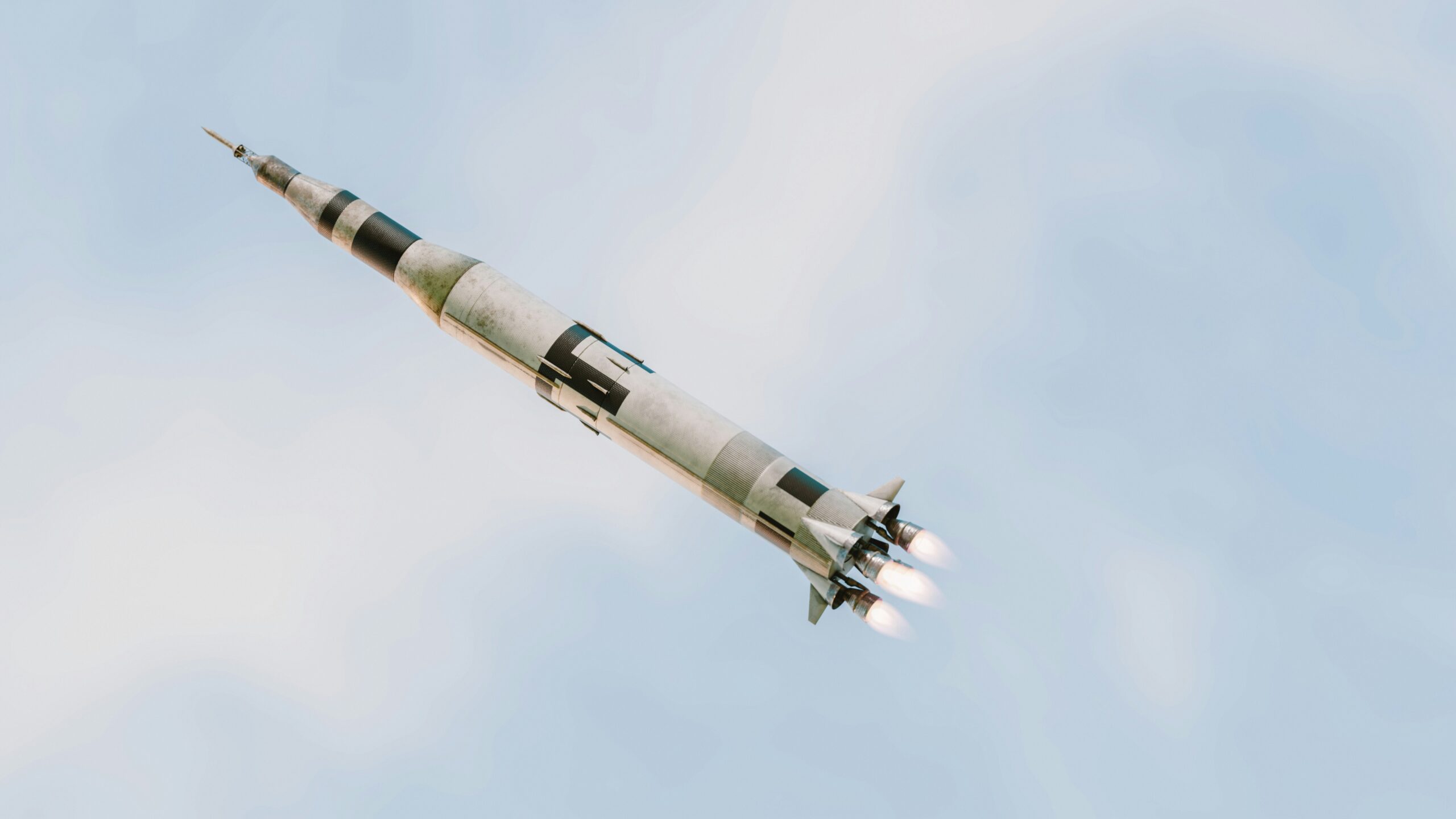
The advancement of technology has brought profound changes across multiple sectors, and one area where its impact is particularly crucial is missile defense. The threats posed by missile attacks are escalating, prompting nations worldwide to seek more sophisticated defense systems. In this context, artificial intelligence (AI) and machine learning (ML) are transformative in revolutionizing missile defense systems, enabling a paradigm shift in how these systems detect, track, and neutralize incoming threats. These technologies enhance missile defense capabilities, providing faster response times, greater accuracy, and the ability to anticipate and counteract missile threats with unprecedented precision.
AI and ML in Enhancing Detection and Tracking Capabilities
Missile defense systems rely heavily on early detection and accurate tracking of incoming threats to ensure a swift response. Traditionally, radar and other sensors were used to identify and track missiles, but the evolution of AI and machine learning has significantly enhanced these capabilities. AI-powered algorithms can now process vast amounts of data from various sensors, such as radar, infrared, and satellite systems, with exceptional speed and accuracy. This allows for the quicker identification of potential missile threats, even in complex or cluttered environments.
Machine learning, a subset of AI, is critical in improving these systems by learning from data patterns over time. The more data these systems process, the better they become at distinguishing between real threats and false alarms. Adapting and learning from past missile launches, environmental factors, and other variables enables the defense systems to detect and track missiles more effectively, even when facing sophisticated decoys or countermeasures.
Additionally, AI is revolutionizing multi-sensor fusion, where data from various sources are integrated to provide a more comprehensive picture of a potential missile threat. With machine learning models at the helm, these systems can more accurately assess a missile’s trajectory and velocity, predict its path, and provide valuable information to the missile defense systems tasked with intercepting it.
AI-Powered Decision Making and Threat Assessment
Once a missile threat is detected and tracked, the next step is to assess its danger level and decide the best course of action. This process requires rapid decision-making, and here again, AI and machine learning shine. Traditional missile defense systems often relied on pre-programmed responses based on known missile types and attack profiles. However, the diversity and sophistication of modern missile systems have made this approach less effective.
AI, profound learning algorithms, allows missile defense systems to analyze incoming threats and continuously determine their nature in real time. These algorithms can predict the missile’s impact point, evaluate the effectiveness of various countermeasures, and even suggest the optimal interception method. This sophisticated decision-making process enhances the responsiveness of missile defense systems, ensuring that defense forces are always one step ahead.
Machine learning models can also integrate data from previous missile engagements, helping to refine threat assessment and decision-making processes. Over time, these systems learn to differentiate between various missile types, launch signatures, and attack patterns, enabling more informed decisions that increase the chances of a successful interception.
Autonomous Interception and Countermeasures
Once a decision has been made regarding responding to an incoming missile threat, the next challenge is executing the interception. Historically, missile defense systems required human intervention to launch countermeasures, such as missiles or other projectiles, to neutralize the incoming threat. However, AI and machine learning enable missile defense systems to operate autonomously.
Using AI algorithms to control interceptors, missile defense systems can execute high-speed decisions without waiting for human commands. Machine learning is crucial in ensuring the proper countermeasure is selected for the specific missile threat. Whether it involves launching a defensive missile, deploying electronic warfare tactics, or using directed energy weapons, AI ensures that each countermeasure is deployed at the most optimal moment.
Autonomous systems powered by AI also have the advantage of acting faster than human operators. In high-pressure situations where milliseconds matter, the ability of AI to quickly analyze and respond to threats could mean the difference between success and failure in defending against missile attacks. Moreover, machine learning ensures that the system continuously refines its ability to intercept various types of missiles, including hypersonic missiles, which are particularly difficult to counter with traditional methods.
Adapting to Emerging Threats and Evolving Technologies
The future of missile defense is about improving existing systems and adapting to emerging threats. As missile technology advances, so must the strategies to counter these threats. This is where AI and machine learning prove indispensable.
Hypersonic missiles, which can travel at speeds greater than five times the speed of sound, represent one of the most significant challenges to modern missile defense systems. These missiles are fast, maneuverable, and difficult to detect. Traditional radar systems struggle to track them, and existing missile defense systems are ill-equipped to respond effectively. However, AI and machine learning technologies are evolving to meet these new challenges.
By continuously learning from new data and refining their algorithms, AI-powered missile defense systems are becoming more adept at detecting and intercepting hypersonic threats. For instance, AI algorithms can analyze real-time missile trajectories, accounting for hypersonic weapons’ speed and maneuverability, and quickly calculate the most effective countermeasure.
Moreover, AI enables the rapid integration of new sensors and technologies into existing missile defense infrastructures. As new missile types and countermeasures are developed, AI systems can adapt without requiring complete overhauls of the existing defense systems. This adaptability ensures that missile defense systems remain practical even as missile technologies evolve.